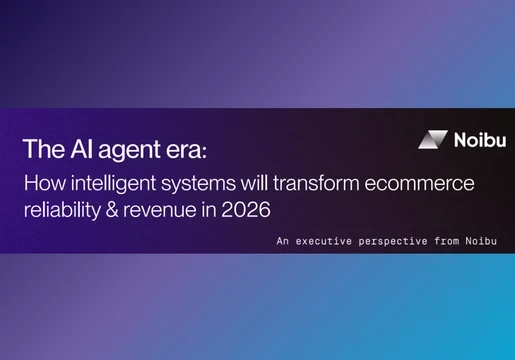Today, customers are demanding more personalised, streamlined, and enjoyable experiences when interacting with businesses. As a result, many forward-thinking organisations are turning to voice technology in an effort to improve customer engagement.

The voice revolution
According to an Adobe survey of 400 business decision makers, 91% of brands are currently investing in voice technology. Moreover, 94% of those surveyed said that they were planning on increasing their investment in the coming year. Respondents also saw an immense amount of potential in voice, with 71% stating that it improves user experiences. With a multitude of real-world applications, voice evidently has the ability to disrupt entire industries.
Automatic Speech Recognition
First developed in the 1950s, Automatic Speech Recognition (ASR) is one of the most innovative forms of voice technology. However, the technology has since evolved from the original bespoke, single-speaker trained systems that recognised simple audio. Today, users require faster, more accurate software that recognises any speaker, regardless of accent. As a paper from Speechmatics notes, ASR must also encompass extensive, complex vocabulary and customised terminology. Considering the global economy and an increasingly connected world, ASR must also be available in every business language. Using decades of machine learning and research expertise, Speechmatics has actually developed a technology to address these modern demands. In effect, the technology allows users to accurately understand and transcribe spoken words. Using real-time or pre-recorded audio and video files, the cutting-edge framework pushes the boundaries of speech recognition.
Using ASR to improve customer engagement
Whether in a call centre or financial enterprise, the ability to accurately understand and transcribe spoken words is incredibly beneficial. When engaging with organisations such as these, however, customers should not have to worry about getting their point across. By harnessing advances in algorithms and neural network architectures, Speechmatics provides one English language pack that supports all major accents and dialects. As a result, customers can ultimately benefit from faster, more enjoyable interactions. With speech becoming the preferred form of communication across the world, however, global languages are as equally important. In order to provide the best speech recognition possible, Speechmatics has also developed The Automatic Linguist, an innovative machine learning framework. The Speechmatics team built Hindi in just one week using the technology, proving that the framework allows researchers to build new languages quicker than ever before. For global businesses, turning voice into text can ultimately improve analysis, discovery, and accessibility. Using this framework, companies can also eliminate tedious work, create more efficient workflows, and reduce overhead costs. With the number of use-cases for speech recognition continuing to increase, it has never been a better time to invest in voice technology.
Why should retailers invest in voice-activated commerce? Sal Visca, Chief Technology Officer at Elastic Path, offered his insights







Comments ( 0 )